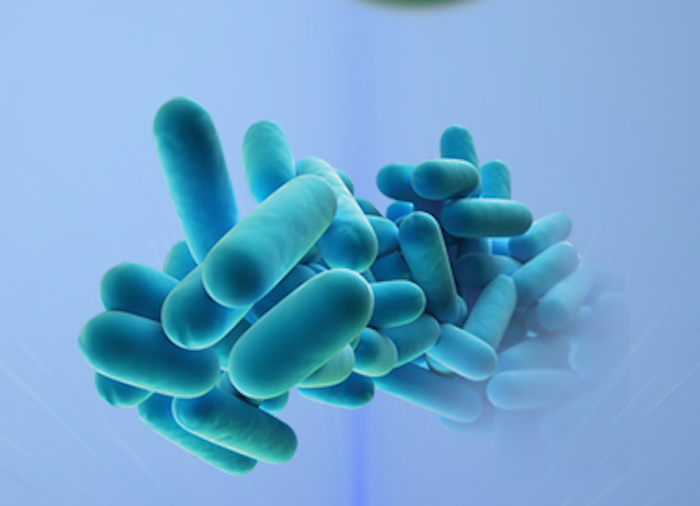Biophotonic sensor aims to identify pathogen in under an hour
The risk of catching Legionnaires’ disease could be reduced with a biophotonic light sensor being developed by researchers in the EU.

Legionnaire’s Disease is a respiratory infection that can cause pneumonia, and in severe cases organ failure or septic shock. More than 100 cases are reported each week in America and in Europe, with a fatality rate of around 10 per cent.
Legionella bacterium is harmless in small quantities, but problems start when it multiplies in plumbing systems or air conditioning units where it can be transmitted to humans when it condenses into droplets of fine mist which are inhaled and settle in the lungs.
Now, the European group POSEIDON (Plasmonic-based automated lab-on-chip sensor for the rapid in-situ detection of Legionella) intends to change this with a sensor to spot the bacteria in less than one hour, a process that normally takes 10 days of cultivation and analysis.
Equipped with sensors, the device uses Surface Plasmon Resonance (SPR), a procedure that reads information from a refracted laser beam, allowing fast, highly sensitive, inexpensive detection from a small sample without the need for labelling, which is the process of binding to a protein in order to be detected.
Register now to continue reading
Thanks for visiting The Engineer. You’ve now reached your monthly limit of news stories. Register for free to unlock unlimited access to all of our news coverage, as well as premium content including opinion, in-depth features and special reports.
Benefits of registering
-
In-depth insights and coverage of key emerging trends
-
Unrestricted access to special reports throughout the year
-
Daily technology news delivered straight to your inbox










BEAS funding available to help businesses cut energy costs
And not a moment too soon, if the following exchange broadcast last Friday 13th June, on the Radio 4 ´Rare Earth´ program (link below, ~ 17 minutes...